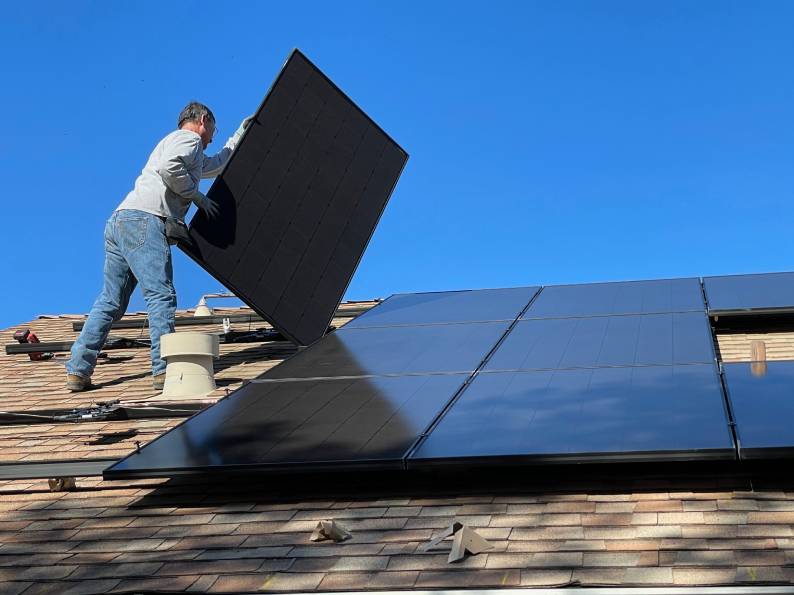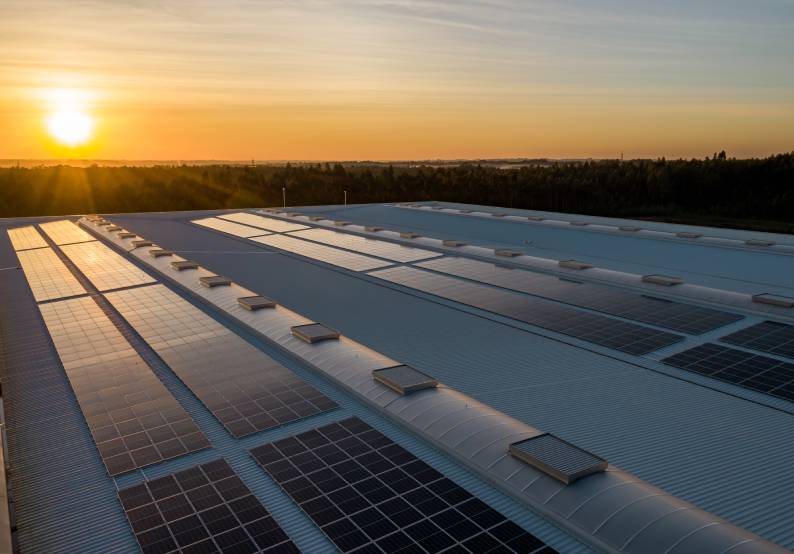words Al Woods
In our ever-changing world, where environmental concerns have taken center stage, the shift towards renewable energy sources has become imperative. Among the plethora of sustainable alternatives, solar power stands out as a beacon of hope. As the sun’s energy can be harnessed to meet our electricity needs, the adoption of solar panels has gained significant momentum. However, understanding the costs associated with solar panels is crucial for individuals and businesses alike who are considering this eco-friendly solution. Delving into the intricacies of these costs unveils a nuanced perspective, shedding light on the factors that influence pricing and the long-term benefits that solar energy offers.
The Initial Investment
One of the primary considerations when contemplating solar panel installation is the initial investment. While it might seem daunting, this cost is influenced by several factors, including the type and quality of solar panels, installation charges, and additional components such as inverters and batteries. High-efficiency solar panels, though pricier upfront, can generate more electricity, maximizing the return on investment in the long run. Additionally, installation costs vary based on the complexity of the project, roof condition, and geographic location. Consumers need to obtain detailed quotes from reputable solar installers, comparing prices and services to make informed decisions tailored to their specific needs.
Long-Term Savings
Beyond the initial expenditure, understanding the long-term savings is pivotal in evaluating the viability of solar panels. Solar energy systems significantly reduce or even eliminate electricity bills, offering substantial savings over the years. Government incentives, tax credits, and net metering programs further enhance the financial appeal. Net metering allows excess energy generated by solar panels to be fed back into the grid, earning credits or cash payments. Consequently, the return on investment for solar panels can be remarkably swift, often within a few years. Moreover, solar panels enhance property value, making them a wise investment for homeowners planning to sell in the future.
Environmental Impact
While the financial aspects are crucial, understanding the environmental impact of solar panels is equally significant. Solar energy production is clean, and renewable, and emits zero greenhouse gases, contributing significantly to mitigating climate change. By transitioning to solar power, individuals and businesses reduce their reliance on fossil fuels, decreasing overall carbon emissions. This shift towards sustainability fosters a greener planet for future generations. Additionally, embracing solar energy encourages research and development in the renewable energy sector, driving innovations that can further optimize the efficiency and affordability of solar panels. Understanding the environmental benefits reinforces the importance of investing in solar panels, creating a ripple effect towards a more sustainable and eco-friendly world.
Customized Solar Solutions
Companies specializing in providing complete solar solutions have emerged as key players in the renewable energy landscape. These firms recognize that every homeowner and business has unique energy requirements and financial considerations. By offering customized solar solutions, they ensure that Australia’s solar panel installation cost or installation cost anywhere else aligns perfectly with the client’s needs. These companies assess the client’s energy consumption, location, and budget, tailoring the solar panel system accordingly. Moreover, they navigate the complex landscape of permits, incentives, and rebates, simplifying the process for their clients.
Innovations in Solar Technology
In recent years, significant advancements in solar technology have played a pivotal role in driving down costs and increasing the efficiency of solar panels. Innovations such as thin-film solar cells, bifacial panels, and improved battery storage systems have revolutionized the industry. Thin-film solar cells, for instance, are lighter, more flexible, and cheaper to produce than traditional silicon-based cells, making them a cost-effective alternative for certain applications. Bifacial panels, designed to capture sunlight on both sides, maximize energy production, especially in areas with high reflectivity. Additionally, advancements in battery storage technology have addressed the issue of intermittency, allowing excess energy generated during sunny periods to be stored and utilized during cloudy days or nighttime. These innovations not only enhance the overall performance of solar panels but also contribute to reducing installation costs, making solar energy more accessible to a wider range of consumers.
Community Solar Initiatives
Community solar initiatives have emerged as a sustainable solution for individuals and businesses unable to install solar panels on their properties. These programs allow participants to subscribe to a shared solar project located off-site, often in a solar farm or a centralized location with optimal sunlight exposure. Participants receive credits on their electricity bills based on the energy generated by their share of the solar project. Community solar initiatives not only eliminate the need for individual installations but also spread the financial burden among participants, making solar energy more affordable. These initiatives promote a sense of community and collective responsibility, encouraging more people to embrace renewable energy without the constraints of installation costs or property limitations.
Government Policies and Incentives
Government policies and incentives play a crucial role in promoting the widespread adoption of solar energy. Many countries, including Australia, the United States, and several European nations, offer financial incentives such as tax credits, grants, and feed-in tariffs to encourage individuals and businesses to invest in solar panels. These incentives significantly reduce the upfront costs and enhance the financial feasibility of solar installations. Furthermore, favorable net metering policies enable solar panel owners to receive credits or payments for the excess energy they feed back into the grid, making solar energy an economically attractive option. As governments continue to prioritize renewable energy and implement supportive policies, the overall cost of solar panels is further reduced, making it an increasingly viable and compelling choice for environmentally conscious consumers and businesses alike.
In the face of climate change and the urgent need for clean energy solutions, understanding the costs associated with solar panels is pivotal. From the initial investment and long-term savings to customized solutions, technological innovations, community initiatives, and government policies, the landscape of solar energy is evolving rapidly. As consumers become more informed and technology continues to advance, the affordability and efficiency of solar panels are reaching unprecedented levels. By embracing solar power, individuals, communities, and businesses are not only making financially sound decisions but also contributing significantly to a sustainable future. With each solar panel installation, we take a step closer to reducing our carbon footprint, conserving natural resources, and creating a cleaner environment for generations to come. As we navigate the complexities of the modern world, the choice to invest in solar energy is not just an economic decision but a moral imperative, ensuring a brighter and greener tomorrow for all.






